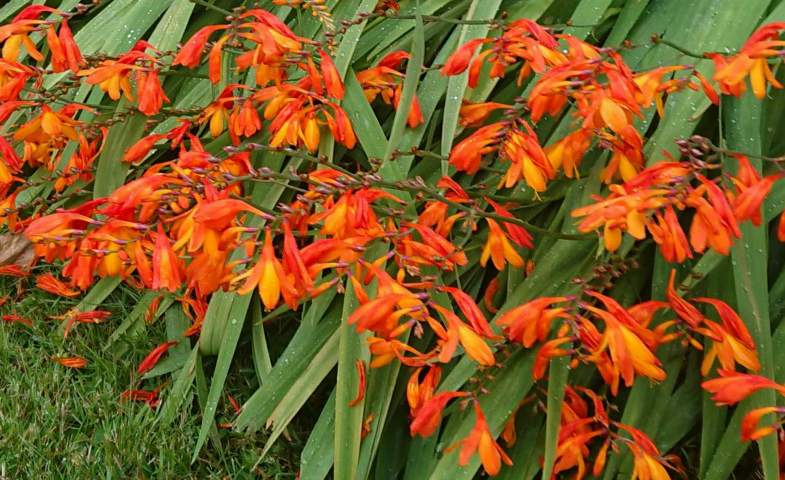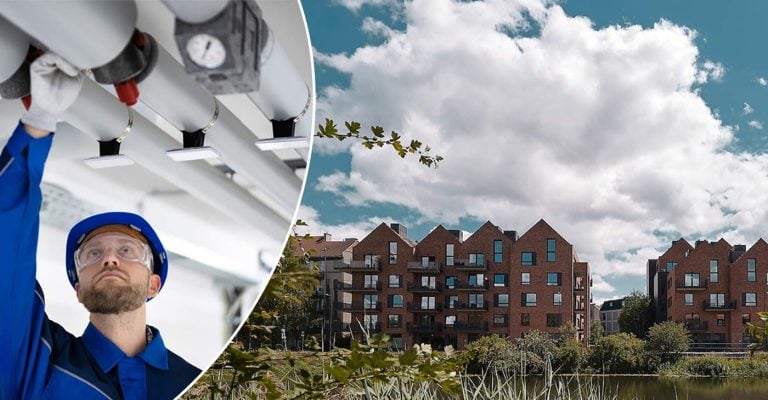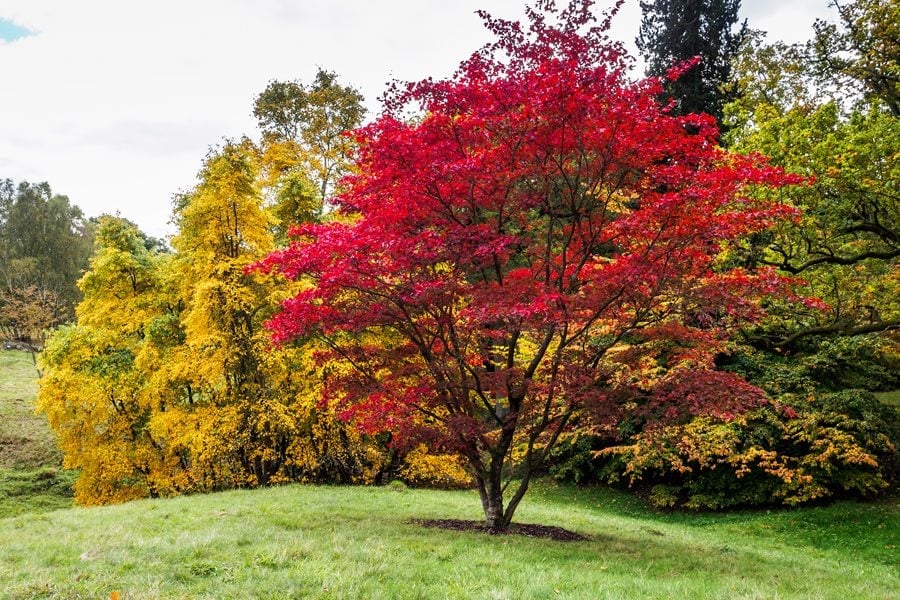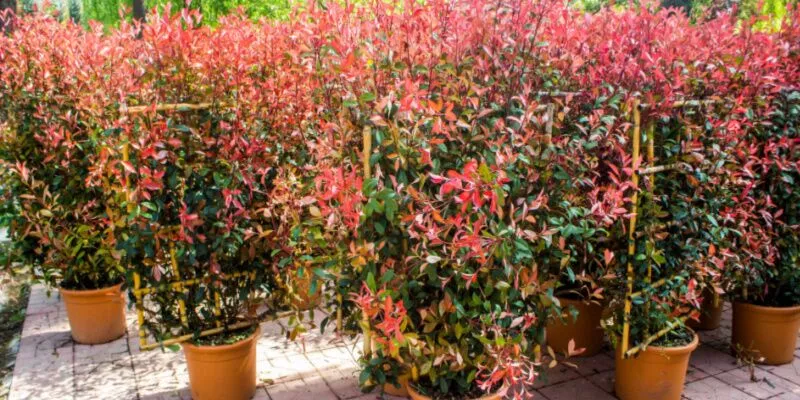Where is the Best Place to Plant Salvias?
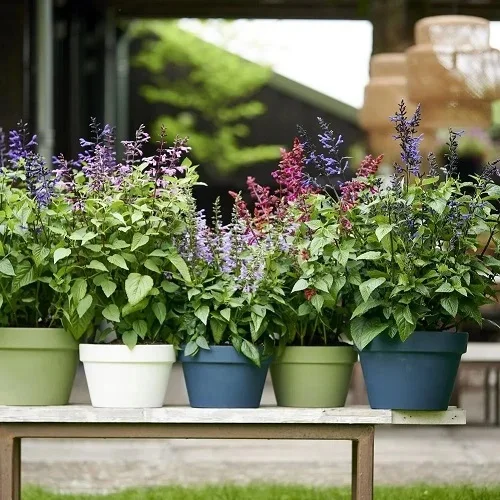
Table of Contents
Bring your garden alive with bright, colorful shrubby Salvias that are adorned with gem-like flowers. The plants are available in several colors and forms from midsummer until the first frost.
The only problem with Salvias is hibernation during winters, so you can prevent losing blooms by using cuttings from the end of summer and growing them in pots or frost-free corners.
You can create an herbaceous garden or design an exotic theme using Salvias with other flowering plants to keep mildew and black spots at bay. Providing scented foliage, the blooming perennials are also used to create border accents and increase appeal to butterflies, hummingbirds, and bees for pollination.
Best Seasons for Planting Salvias

Once there is no risk of frosting, you can begin to plant Salvias. The best time of the year would be from May to early June. However, if you buy a plant in the Autumn season, pot it in a frost-free spot, and then during the following spring, condition the soil and plant it in your garden.
The plant needs 6 to 8 hours of sunlight per day during the warmer months but can grow in shady parts as well. However, it is important to note that the plant does not produce abundant blooms during cloudy days.
While most varieties prefer complete sunlight, you can also grow Salvias in partial shade using indoor containers. If you want annual varieties to flourish as perennials, bring the plants indoors to locations with abundant sunlight and place them out after early spring.
Salvias: Pruning and Propagating
Annual varieties need not be pruned, but perennials must be trimmed every spring. Some deciduous varieties cannot survive the harsh winters and must be cut at the base. However, if you find that they are not dead, use sharp shears to cut the old stems at the lowest shooting node. For new growth, deadhead seed beads and prune one-third of the plant just near the leaves while simply trimming the plant structure during summers.
To cultivate Salvias, use cuttings from non-flowering branches. Trim below a node and strip lower leaves before placing the plant in a pot of compost. To protect the plant from severe sunlight, cover the pot with a plastic sheet or bag.
Additional Tips to Grow Salvia
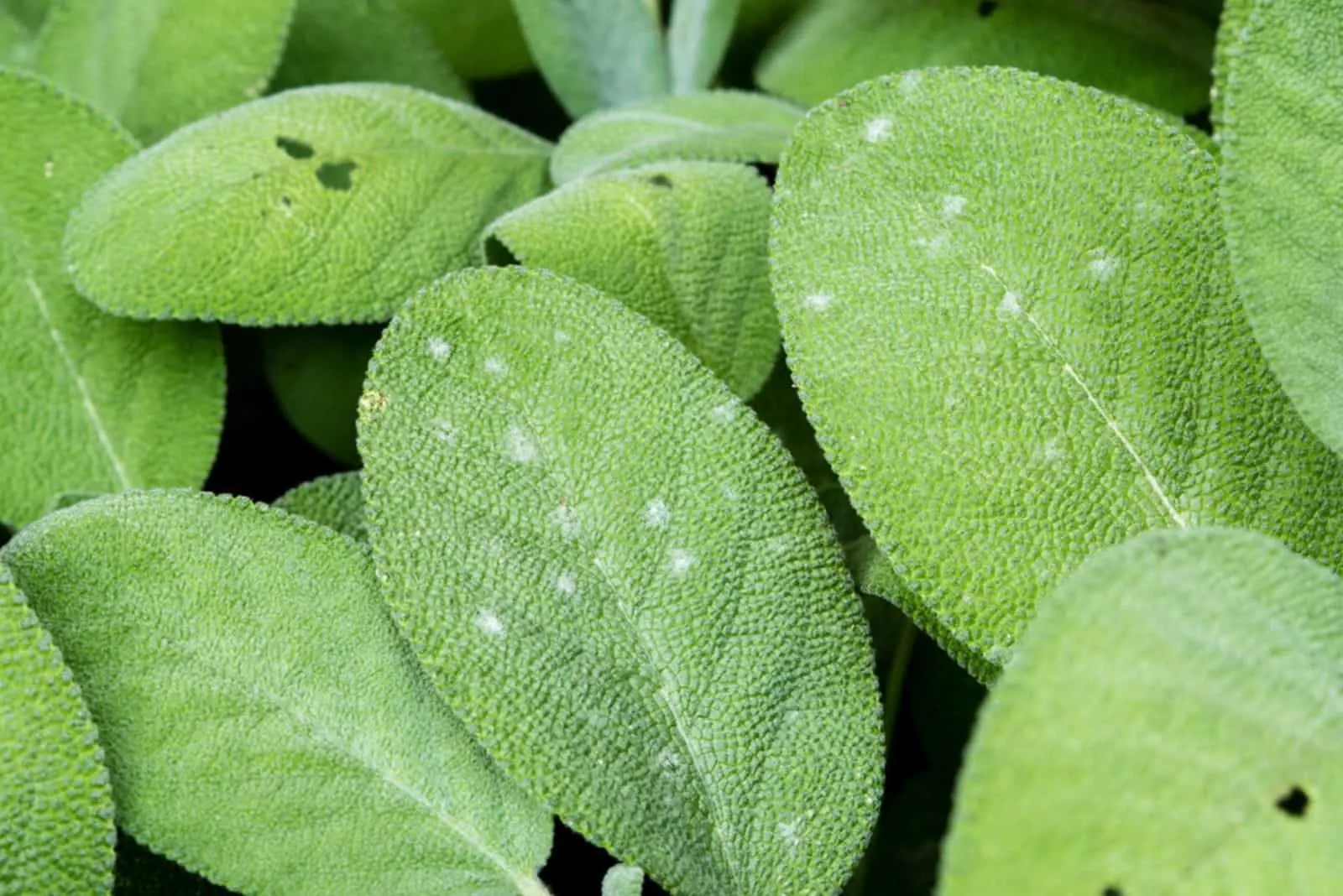
If you are growing Salvia in a pot or container, ensure it is peat-free and has some holes at the bottom for drainage. You can also place small stones at the bottom and use soil with compost in a 50/50 ratio to maintain a range of 5.5-6.5 pH for optimal growth.
To further help seepage, add versatile compost with a little sand or horticultural grit. You can further test the soil and incorporate a slow-release fertilizer or compost to ensure the growth of annual varieties without supplemental fertility.
Salvia is susceptible to bugs, mildew, aphids, spider mites, and white flies and cannot bloom well in damp, moist conditions. To prevent weeds, enrich plant health, retain moisture, and aid in flower production, use pine straw, shredded wood mulch, or pine bark nuggets.
Conditions for Planting Salvia
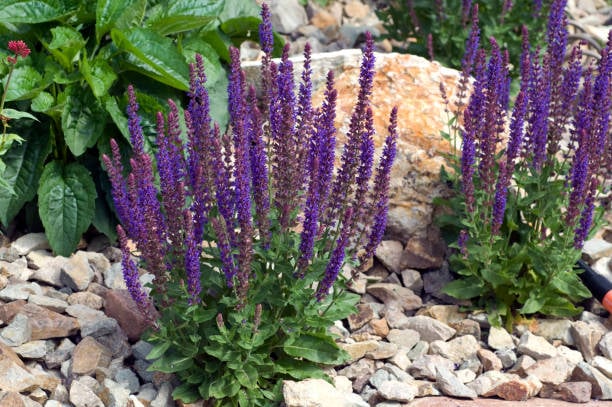
This Mediterranean plant prefers a south-facing position and enough space to settle its roots into the gravel soil. All varieties of Salvia thrive in sunny climates and well-drained soil but can survive in dry, rocky, or poor-enriched land. If the land is heavy or waterlogged, improve the soil before planting.
For indoor plants, use soil that is slightly acidic but not waterlogged since it leads to an increase in fungal infections. However, potted Salvias need to be watered twice a week during spring-fall months. You can also monitor the moisture level of the soil and drain excess, if necessary. During winter months, watering the plant every two weeks is sufficient.
Once your plant is established in containers or pots, observe the quality of foliage and blooms to determine a feeding pattern. You can generate a combination of compost and potting mix, remove a layer of existing soil, and add a thin layer of the aged mixture with sufficient water to aid fertilization.
Best Places to Plant Salvias
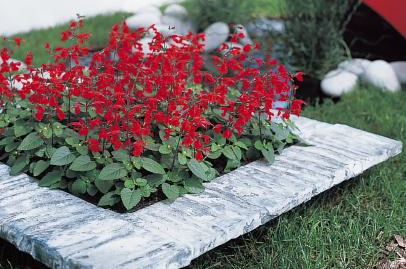
Sown directly during late spring and summer, Salvias can flourish in an outdoor garden with a shelter for cooler months and a light cover during early spring. If the winters are harsh, try to create a long fertilizing season and plant shrubby Salvias during the spring.
In addition to home gardens, some of the best locations for planting Salvias can be found indoors. You can add a pop of color to your balcony, sunroom, deck space, and patio with Salvia planters and pots, but since they grow upright, avoid hanging them in baskets.
Final Thoughts
Salvias are known to propagate outdoors in soil directly once the danger of frost has passed. You can use seeds, seedlings, and cuttings in a warm area to grow plants. To plant Salvias, loosen 12-inch-deep soil and add a 3-inch layer of nutrient-enriched compost. Depending on the variety, space the plants 1 to 3 feet apart. For indoor containers, dig holes for drainage, fill the soil gently, and water the plant at regular intervals.
For a beautifying impact, choose a range of purple, pink, red, and other vibrant shades when Salvias are mass-planted as shrubs. You can also take inspiration from formal Victorian designs to create pollination-attracting perennials.

